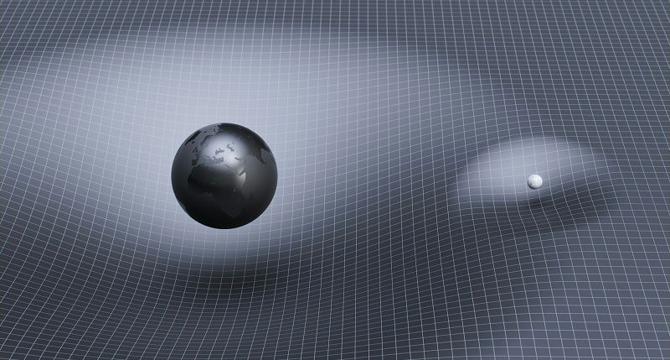Knowridge
5d
286

Image Credit: Knowridge
Astrophysicist explores new way to detect gravitational waves
- Astrophysicist Jeremy Darling from the University of Colorado Boulder is researching a new method to detect the universe's gravitational wave background by observing how quasars move relative to each other.
- His study focuses on using quasars, bright supermassive black holes in distant galaxies, to spot subtle gravitational wave wiggles.
- Darling's approach could potentially unlock mysteries about gravity and its fundamental workings, providing insights into galaxy evolution and testing gravity assumptions.
- Upcoming data from the Gaia mission in 2026 might reveal the faint signals of gravitational waves, aiding in understanding how these waves impact the universe in three dimensions.
Read Full Article
17 Likes
For uninterrupted reading, download the app